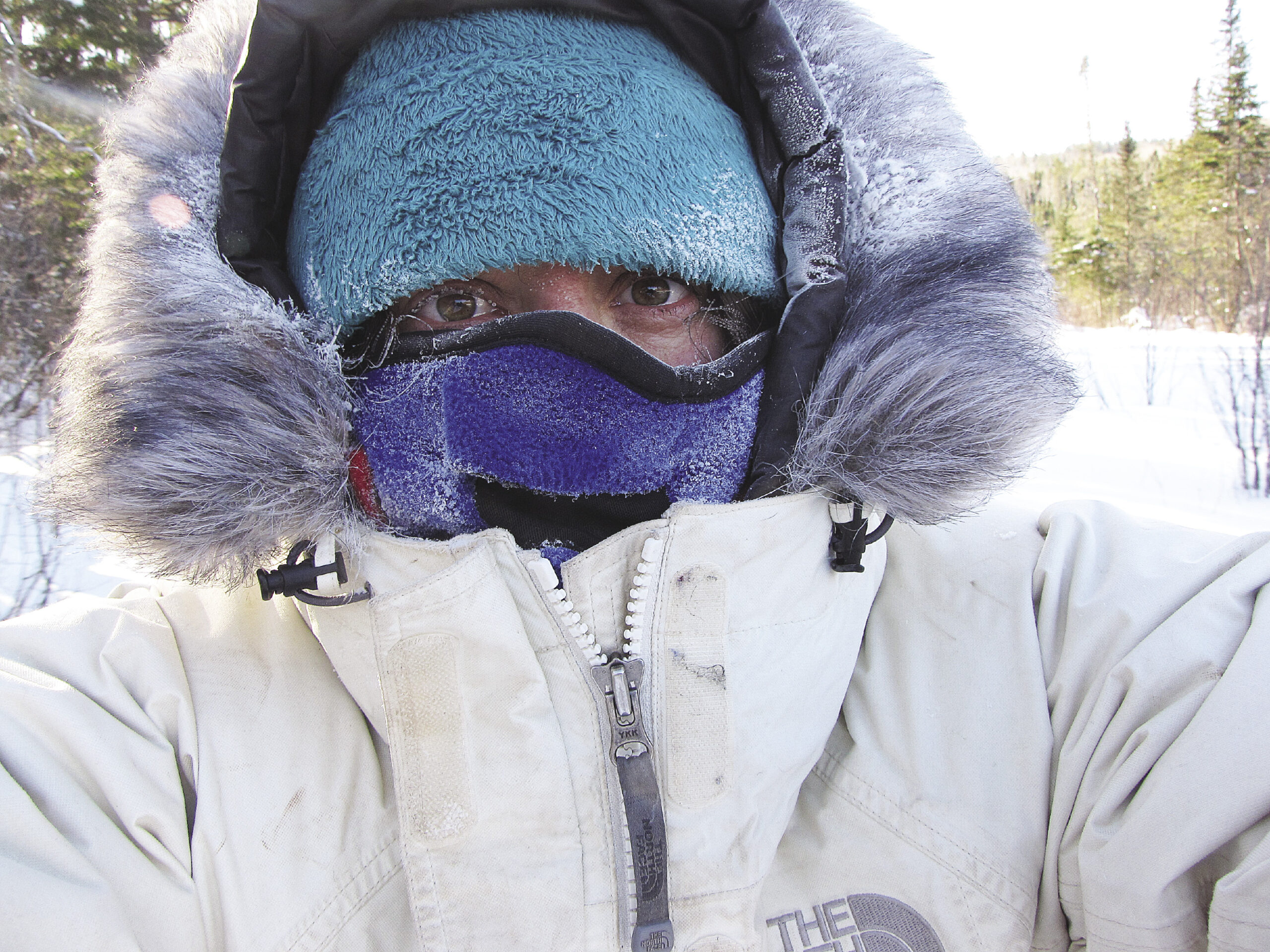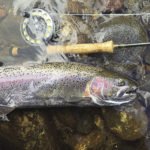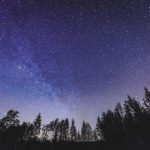Our best runs are at night. This usually surprises people.
“How can you see?” People ask me. “How can the dogs see?”
I don’t know exactly why, but I think it is precisely because the dogs can’t see, that they run best in the dark. The dogs seem to be more focused, more excited and more determined. During the day, there are distractions as far as their eyes can see, and the slower pace is noticeable.
The Gunflint Mail Run, our first race of the season, is staged so that the first run starts at 8 a.m. The dogs finish their 50-mile run before 1 p.m., rest five hours, and then leave again for the second run. We assume the second run will be faster, because it’s dark, the dogs know the trail by then and usually the trail firms up. This year, however, turned out different.
The day before the race, vets checked over 300 dogs to make sure they were each fit to run. The vet check was followed by a musher meeting. Matt and I took our daughter Sylvia with us to the meeting. Amidst a room packed with mushers, Sylvia was in great spirits, not uttering a peep throughout the entire meeting, except when the trail boss told everyone that at the race start, temperatures would be at least 20 below. At this news, Sylvia let out a loud wail of displeasure. Everyone laughed.
Temperatures were at least 20 below at race start, but it was a beautiful morning, the sun shining brightly on the far lake shore as Matt’s team took off down Poplar Lake. When Matt returned, he was in fourth place.
On the second leg, Matt passed two teams, coming into second place with less than 10 miles to the finish. Unfortunately, as the day progressed and temperatures rose, the winds grew strong and snow started falling. By the time he reached Poplar Lake, with just a couple miles left to race, he was in white-out conditions in the dark. Starting off down the lake, he saw a headlamp in the distance. Thinking that was a musher ahead on the trail, he turned the team toward the headlamp. Not much further, the team ran straight into shore. He turned them back toward where he came, but with all the blowing snow, he became disoriented and when he hit the race trail again, he turned the wrong way, quickly running headfirst into another dog team. Realizing his error, he had to turn the team again.
By this time, Nathan Schroeder who was in third place, passed Matt taking second. Somehow, Matt managed to hang onto third place.
Perhaps because of the cold, several teams had problems with their headlamps, which caused them more problems in the blowing snow. One team ran towards lights on the lake and ended up at a resort and necessitated a rescue. Another team took over an hour to find his way off the lake.
Matt has had a little practice running blind. One year, on a training run, he only brought one headlamp. As the team ran along, a stick reached out and whisked the headlamp right off Matt’s head. Matt turned around to see it hanging there, but he didn’t dare let go of the team to retrieve the headlamp, so he ran home in the total dark, trusting that the dogs would make the right turns.
By the time this blog hits newsstands, the Beargrease will be upon us. Matt will take the runners and I will manage from behind the scenes. We’ve done the race enough times now to know that the best runs will be at night. The race legs during the day will feel slow. It is up to the musher to never let on to the dogs that this is a problem. We keep it positive. The dogs pick up on our moods.
We have a few changes to try this year, but mostly we know that our success in the races hinges on a race without mistakes. It is the musher who has the cleanest race—no dogs carried in the sled bag, no wrong turns, no bad luck—that is most likely to win.




